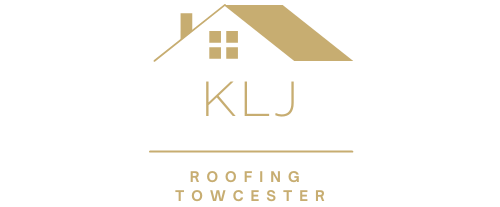Battling the Green Invaders: Addressing Mould and Mildew Issues in Commercial Roofing Systems
Introduction: In the world of commercial roofing, mould and mildew are not just unsightly nuisances; they can also pose serious threats to the integrity and longevity of roofing systems; from unsightly stains to structural damage and health hazards, mould and mildew demand prompt attention and effective remediation strategies. For businesses in Towcester and beyond, understanding the causes, consequences, and solutions for mould and mildew issues in commercial roofing systems is crucial for maintaining a safe and healthy environment.
The Culprits Behind Mould and Mildew:
Mould and mildew thrive in moist, humid environments, making commercial roofs particularly vulnerable, especially in regions like Towcester with fluctuating weather patterns. Several factors contribute to the growth of these green invaders:
- Poor Drainage: Clogged gutters, blocked drains, and inadequate slope can cause water to pool on the roof, creating ideal conditions for mould and mildew growth.
- Damaged Roofing Materials: Cracked, deteriorated, or improperly installed roofing materials provide entry points for water infiltration, fostering mould and mildew growth.
- Lack of Ventilation: Inadequate ventilation traps moisture inside the building, promoting the proliferation of mould and mildew on the roof and in the surrounding areas.
- Neglected Maintenance: Failure to conduct regular roof inspections and maintenance allows minor issues to escalate, leading to water damage and mould infestation.
Consequences of Mould and Mildew Infestation:
The presence of mould and mildew on commercial roofs can have far-reaching consequences:
- Structural Damage: Mould and mildew can compromise the structural integrity of roofing materials, leading to leaks, rot, and deterioration.
- Health Risks: Mould spores can trigger allergic reactions, respiratory problems, and other health issues among building occupants, posing serious risks to their well-being.
- Aesthetic Deterioration: Stains, discolouration, and unsightly growths detract from the appearance of the building, affecting its curb appeal and reputation.
- Legal and Regulatory Compliance: Failure to promptly address mould and mildew issues may result in non-compliance with health and safety regulations, leading to potential legal liabilities and fines.
Effective Remediation Strategies:
To combat mould and mildew infestation in commercial roofing systems, proactive measures and targeted remediation strategies are essential:
- Professional Inspection: Schedule regular inspections by experienced roofing professionals to identify signs of mould and mildew growth and assess the extent of the problem.
- Improved Drainage: Clear clogged gutters and unclog drains, and ensure proper slope to prevent water accumulation and promote efficient drainage.
- Roof Repairs: Address any damage or deterioration in roofing materials promptly to prevent water infiltration and mitigate mould and mildew growth.
- Enhanced Ventilation: Install or improve ventilation systems to facilitate airflow and reduce moisture buildup inside the building.
- Mould Remediation: Employ specialised techniques and environmentally safe solutions to remove mould and mildew infestations and prevent recurrence.
Conclusion: Mold and mildew may seem like mere cosmetic concerns, but their presence on commercial roofing systems can significantly impact the building and its occupants. By understanding the causes, consequences, and solutions for mould and mildew infestations and partnering with a trusted roofing contractor, businesses can safeguard their investments, protect their assets, and create a safe and healthy environment for all.
Call us on: 01327 223 898
Click here to find out more about KLJ Roofing Towcester
Click here to complete our contact form and see how we can help with your roofing needs.

